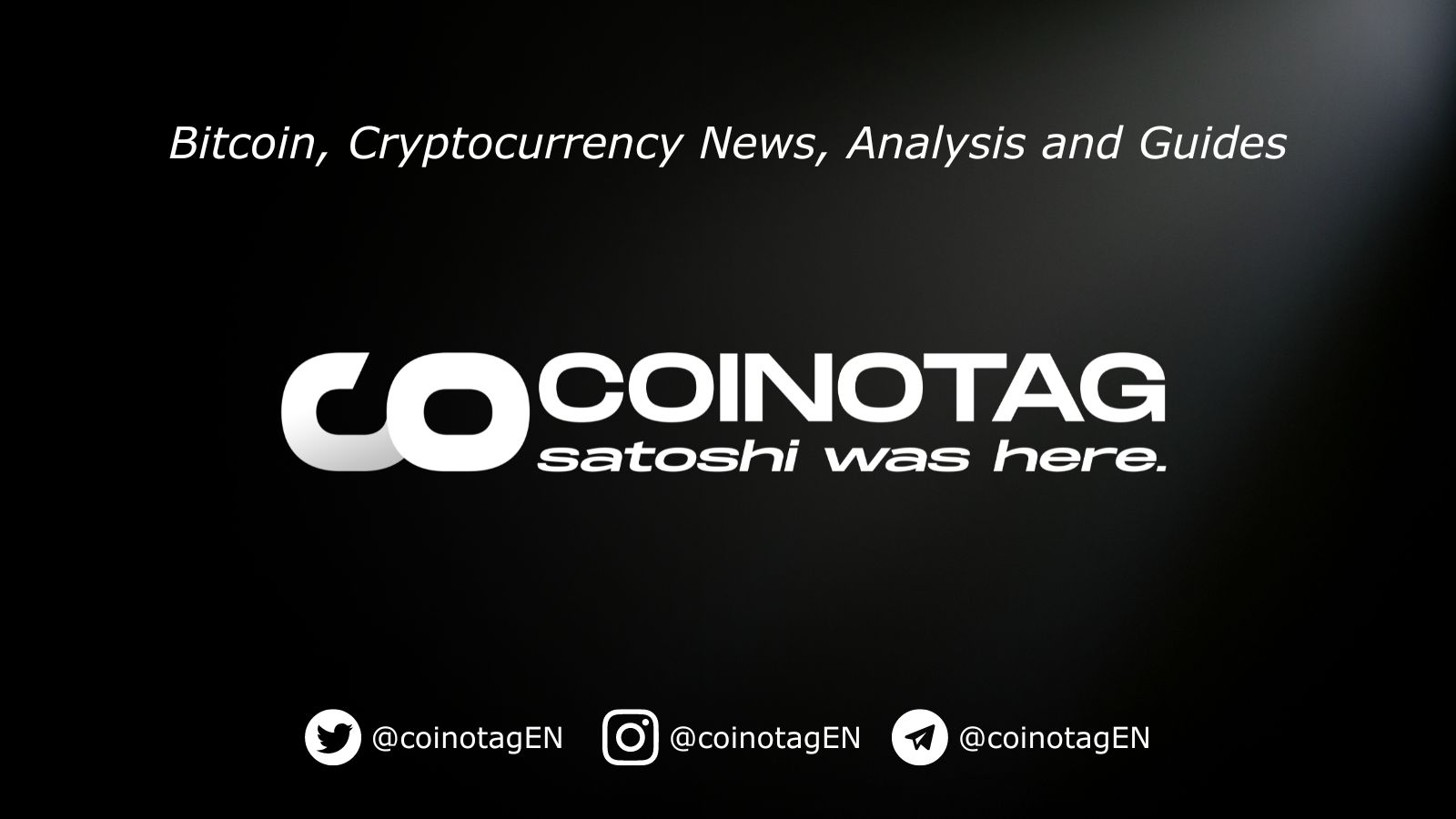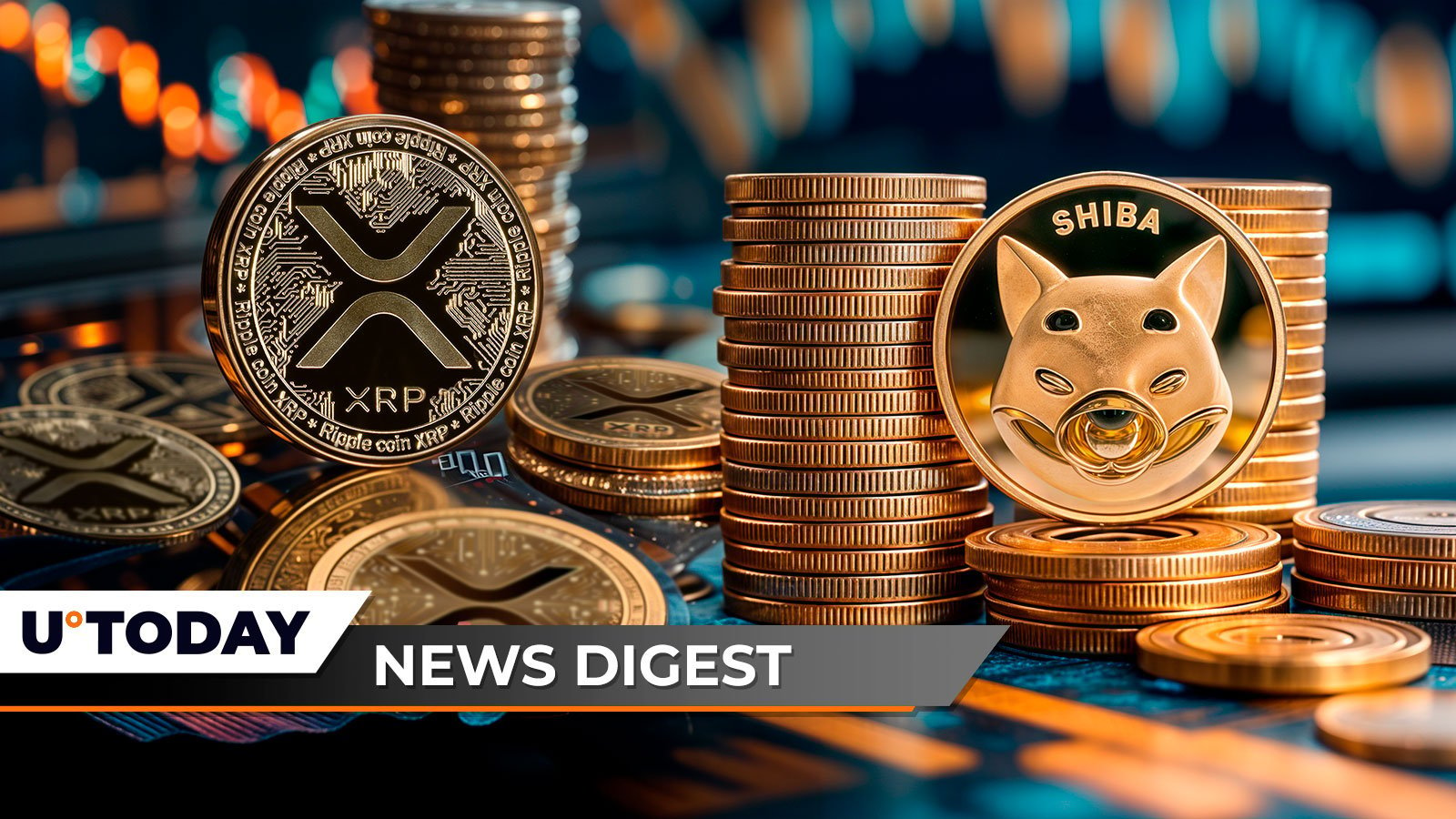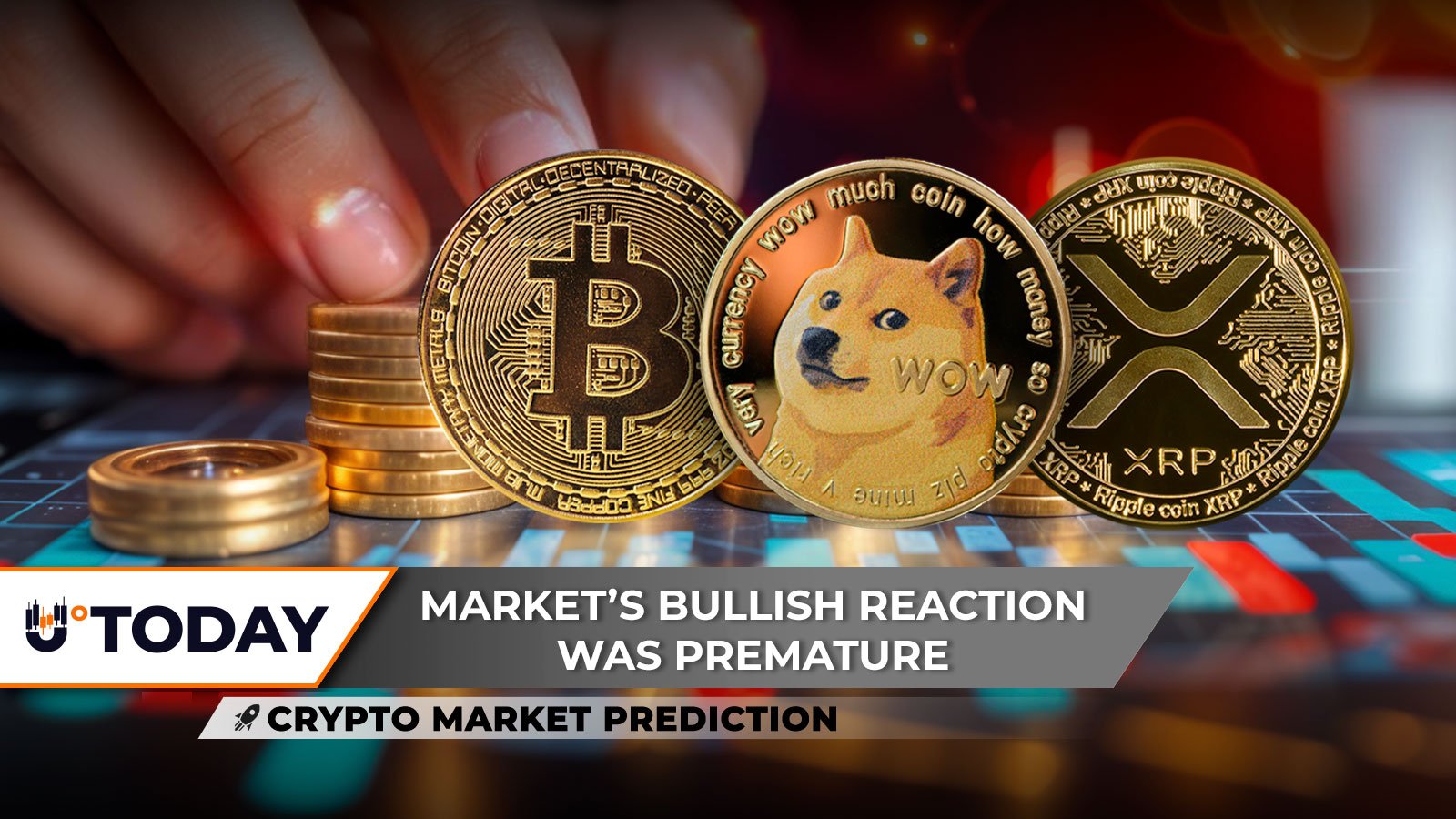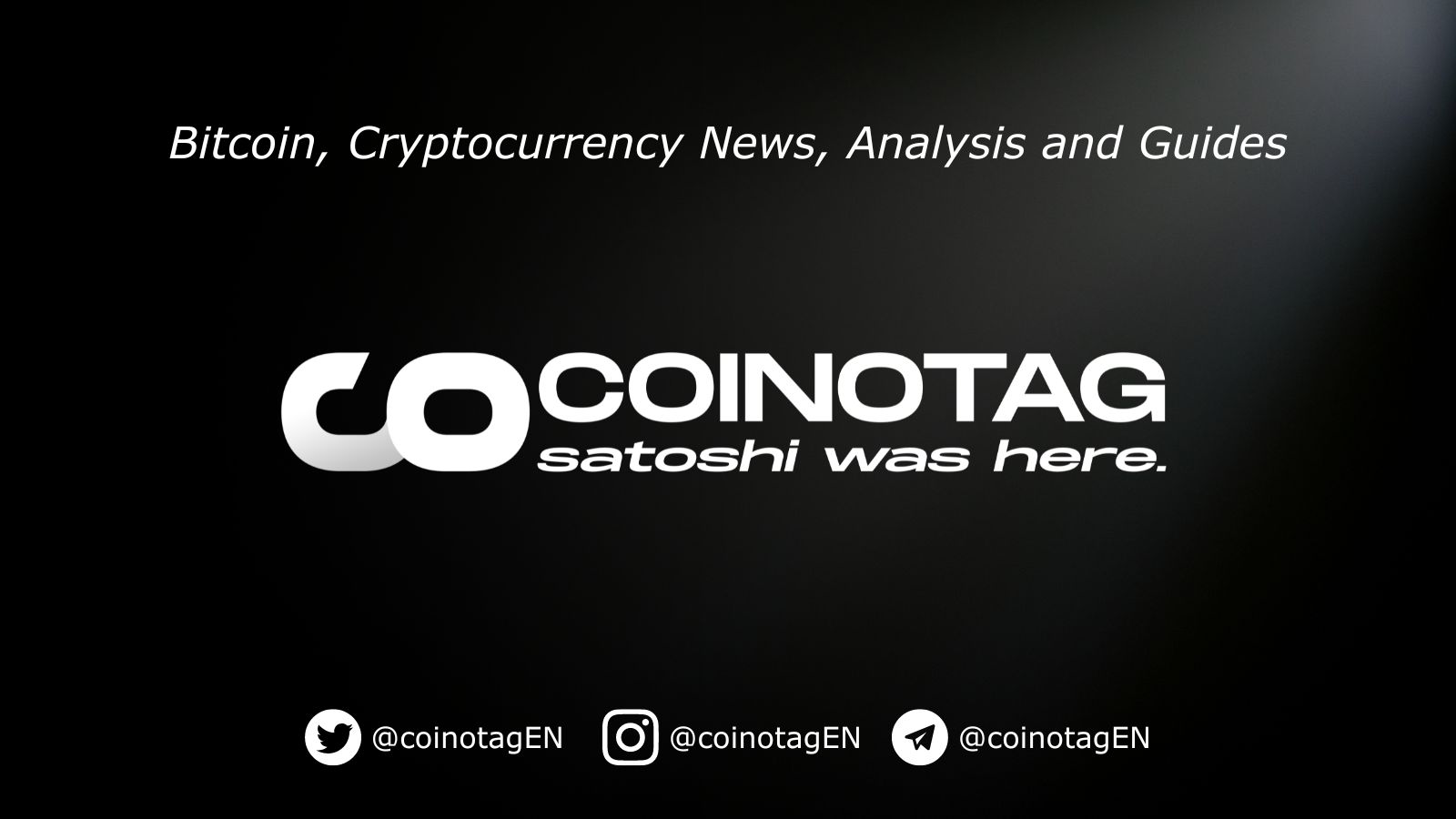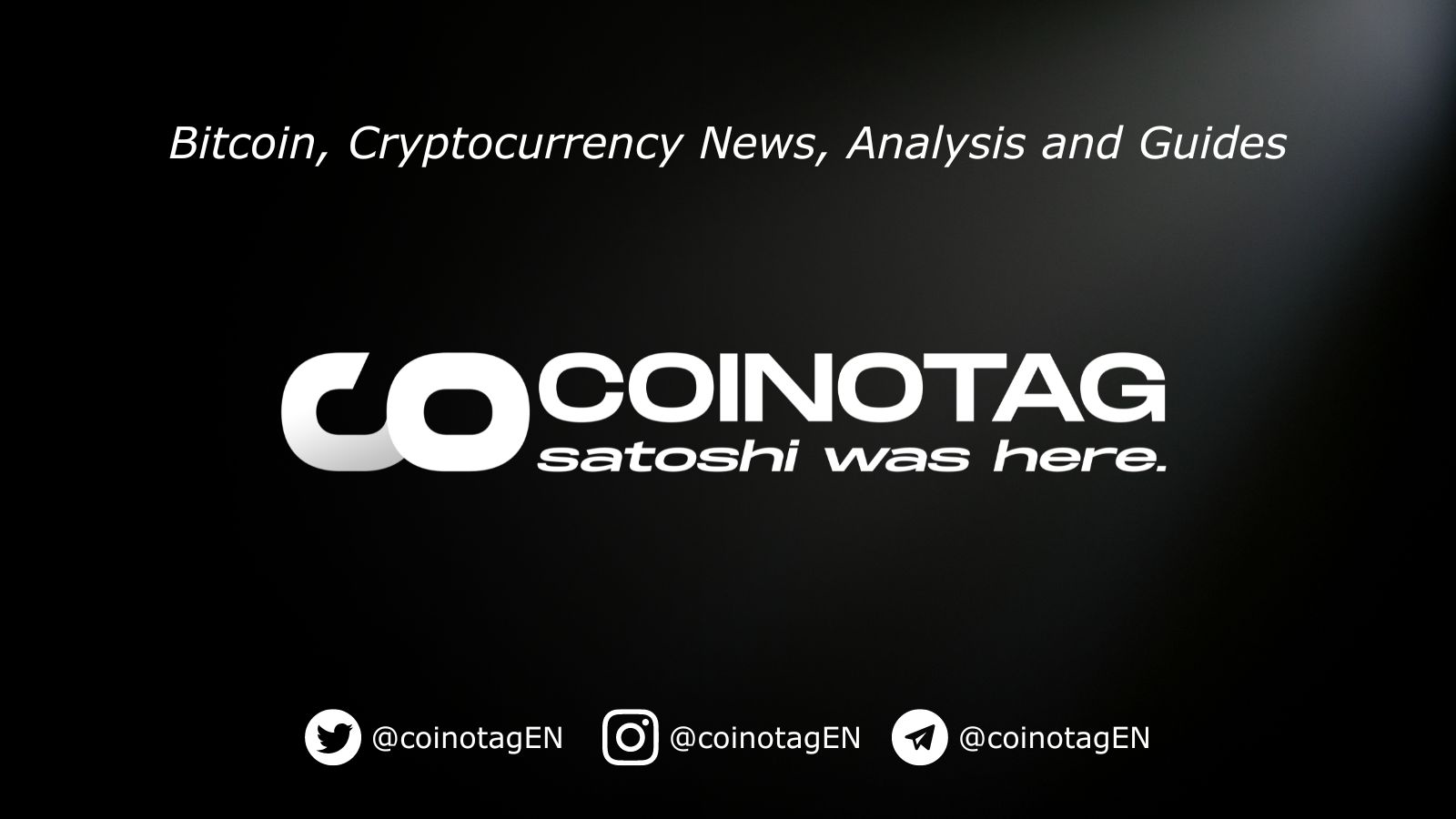
BitcoinWorld Ethereum Price Prediction: Unlocking the Astonishing Potential – Can ETH Soar to $10,000 by 2030? Could Ethereum, the undisputed king of smart contracts, truly reach the coveted $10,000 mark? This is the burning question on every crypto enthusiast’s mind. Our comprehensive Ethereum Price Prediction for 2025, 2026, and up to 2030 dives deep into the factors that could propel ETH to unprecedented heights, or present formidable challenges along the way. Get ready to explore the future of this blockchain giant and understand its astonishing potential. Understanding Ethereum’s Foundational Strength and Market Position Ethereum stands as a titan in the cryptocurrency world, renowned for its pioneering smart contract capabilities. More than just a digital currency, Ethereum is a decentralized, open-source blockchain platform that has become the backbone of Web3, powering everything from decentralized finance (DeFi) to non-fungible tokens (NFTs) and expansive metaverse projects. Its robust ecosystem, backed by a vast and dedicated developer community, grants it a unique and formidable market position. The network’s transition to a Proof-of-Stake (PoS) consensus mechanism, famously known as ‘The Merge,’ marked a pivotal moment. This upgrade dramatically reduced Ethereum’s energy consumption, making it a more sustainable blockchain. It also laid the groundwork for future scalability enhancements, addressing long-standing concerns about transaction speed and cost. Ethereum’s significant market capitalization consistently places it as the second-largest cryptocurrency, reflecting its enduring influence and critical role in the digital economy. Factors Influencing ETH Price : What Drives Value? The value of ETH, Ethereum’s native cryptocurrency, is influenced by a complex interplay of technological advancements, market demand, macroeconomic trends, and regulatory developments. Understanding these drivers is crucial for any accurate ETH Price assessment. Technological Advancements and Upgrades: The ongoing evolution of Ethereum is a primary driver. The ‘Serenity’ roadmap, encompassing upgrades like Sharding, Danksharding, and Proto-Danksharding, aims to drastically improve transaction throughput and reduce gas fees. These enhancements are vital for Ethereum to handle a global scale of transactions. Furthermore, the proliferation of Layer 2 scaling solutions such as Arbitrum, Optimism, and Polygon, which process transactions off-chain before settling them on the mainnet, significantly boosts Ethereum’s overall capacity and user experience. Network Demand and Adoption: The growth of Ethereum’s ecosystem directly impacts demand for ETH. The decentralized finance (DeFi) sector, with its burgeoning total value locked (TVL) and innovative protocols, relies heavily on Ethereum. The thriving NFT market, along with emerging use cases in gaming, metaverse, and enterprise solutions, continuously increases the utility and demand for ETH. As more users and developers choose Ethereum for their projects, the intrinsic value of ETH rises. Macroeconomic Environment: Broader economic conditions play a significant role. Factors like global inflation rates, interest rate policies by central banks, and overall investor sentiment towards risk assets can heavily influence cryptocurrency markets, including ETH. A robust global economy with high liquidity often correlates with increased investment in digital assets. Regulatory Landscape: Clarity or uncertainty in cryptocurrency regulations worldwide can profoundly affect investor confidence and institutional adoption. Favorable regulatory frameworks can attract more mainstream investment, while restrictive policies could stifle growth. The evolving stance of governments on digital assets remains a key variable. Supply Dynamics (EIP-1559 and Staking): Ethereum’s economic model, particularly after the implementation of EIP-1559, includes a mechanism to burn a portion of transaction fees. This burning can make ETH deflationary under certain network conditions, reducing its circulating supply over time. Additionally, the Proof-of-Stake model encourages users to ‘stake’ their ETH to secure the network, effectively locking up a significant amount of the supply and further reducing liquidity. Competition: While Ethereum holds a dominant position, it faces fierce competition from other smart contract platforms like Solana, Cardano, and Avalanche. These ‘Ethereum killers’ often boast faster transaction speeds or lower fees, pushing Ethereum to continuously innovate and maintain its competitive edge. Ethereum Price Prediction 2025 : What to Expect in the Mid-Term? As we look towards 2025, Ethereum is anticipated to be well into its next phase of development, with many of the planned scalability upgrades showing tangible results. The successful implementation of sharding, or at least significant progress, is expected to dramatically enhance the network’s capacity and reduce transaction costs, making it even more attractive for widespread adoption. By 2025, we could see a significant acceleration in institutional adoption. As regulatory frameworks become clearer in major economies, large financial institutions and corporations may feel more comfortable integrating Ethereum into their operations or offering ETH-related products to clients. This influx of institutional capital could provide a substantial boost to the Ethereum Price Prediction 2025 . Furthermore, the continued growth of the Web3 ecosystem – including advanced DeFi protocols, innovative NFT applications, and burgeoning metaverse platforms – will drive consistent demand for Ethereum’s network services. Assuming a generally bullish or stable macroeconomic environment, investor confidence in Ethereum’s long-term vision could strengthen, pushing its value upwards. However, potential delays in upgrade implementation or unexpected macroeconomic downturns could temper these predictions. The market will closely watch for signs of sustained scalability and user growth. Year Minimum Price Average Price Maximum Price 2025 $3,500 $5,000 $7,500 Navigating the Path to Ethereum $10k : Challenges and Opportunities The journey to Ethereum $10k is filled with both immense opportunities and significant hurdles. Achieving this milestone would solidify Ethereum’s status as a global digital asset and a foundational technology for the internet’s next evolution. Opportunities for Growth: Mass Adoption of Web3 Technologies: As Web3 matures, Ethereum’s role as the primary smart contract platform positions it to capture immense value from new decentralized applications, digital identity solutions, and tokenized economies. First-Mover Advantage and Network Effect: Ethereum’s established ecosystem, developer tools, and user base create a powerful network effect that is difficult for competitors to replicate. This entrenched position fosters continued innovation and attracts talent. Continued Innovation in Layer 2 Scaling: Beyond core protocol upgrades, the ongoing development and optimization of Layer 2 solutions will ensure Ethereum remains scalable and cost-effective, even under immense demand. Potential as a Global Settlement Layer: Ethereum could evolve into a universal settlement layer for various digital assets and financial transactions, further cementing its utility and demand. Challenges to Overcome: Scalability Bottlenecks: Despite upgrades, sustained high demand could still test Ethereum’s transaction capacity, potentially leading to increased gas fees and slower processing times if solutions don’t keep pace. Competition from ‘Ethereum Killers’: Rivals like Solana, Cardano, and Avalanche continue to innovate, offering alternative platforms that could siphon off developers and users if Ethereum fails to deliver on its scalability promises. Regulatory Uncertainty: Unfavorable or overly restrictive regulations in key markets could hinder Ethereum’s growth, impacting institutional investment and user adoption. Market Volatility: Cryptocurrency markets are inherently volatile. Major price corrections or ‘black swan’ events could delay the path to $10k. Security Risks: While the Ethereum protocol is robust, smart contract vulnerabilities on dApps built on Ethereum remain a concern, potentially leading to exploits and loss of funds, which could impact user trust. Long-Term Crypto Price Forecast : Ethereum 2026-2030 Looking further into the future, towards 2026 and beyond to 2030, Ethereum’s trajectory could be truly transformative. By this time, the network is projected to be a fully mature, highly scalable, and energy-efficient blockchain, capable of supporting a vast array of global applications. This long-term Crypto Price Forecast hinges on Ethereum fulfilling its ambitious roadmap and solidifying its role as a fundamental piece of the global digital infrastructure. If Ethereum successfully implements its full suite of upgrades, it could firmly establish itself not just as a leading smart contract platform, but also as a digital store of value, potentially rivalling Bitcoin in certain aspects, or as a global utility token powering a decentralized internet. The deflationary pressure from EIP-1559, coupled with the increasing amount of ETH locked in staking, could lead to a significant reduction in circulating supply, contributing to long-term price appreciation. Mass adoption across various industries, from traditional finance to gaming and supply chain management, would further validate Ethereum’s utility. The period between 2026 and 2030 is critical for Ethereum to demonstrate its resilience, adaptability, and ability to handle the demands of a truly global, decentralized economy. Year Minimum Price Average Price Maximum Price 2026 $4,500 $6,500 $9,000 2027 $6,000 $8,500 $12,000 2028 $7,000 $10,000 $15,000 2029 $8,500 $12,500 $18,000 2030 $10,000 $15,000 $25,000+ Potential Scenarios for Ethereum’s Future Forecasting the future of a dynamic asset like Ethereum involves considering various scenarios, each with its own set of assumptions and outcomes. The Bullish Scenario: Ethereum Ascendant In this optimistic outlook, Ethereum successfully implements all its planned upgrades on schedule, achieving unparalleled scalability and efficiency. Regulatory environments become largely favorable, fostering widespread institutional adoption and mainstream integration of Web3 technologies. Global economic conditions remain strong, driving significant investment into digital assets. Under this scenario, ETH not only comfortably surpasses $10,000 but could reach $20,000 or even higher by 2030, becoming a cornerstone of the global digital economy. The Neutral Scenario: Steady, Sustainable Growth This scenario envisions a more moderate path. Ethereum continues its development, but perhaps with some delays in major upgrades. Adoption rates are steady but not explosive, with mixed signals from regulators globally. The macroeconomic environment experiences periods of both growth and contraction. In this case, ETH sees gradual appreciation, maintaining its position as a leading cryptocurrency, but perhaps not reaching the most ambitious price targets as quickly. It might hover around the $8,000-$12,000 range by 2030. The Bearish Scenario: Challenges and Stagnation The bearish view anticipates significant technical setbacks, such as major bugs or persistent delays in scaling solutions, leading to user frustration and increased gas fees. Competition from other blockchains intensifies, successfully siphoning off developers and users. Unfavorable or fragmented global regulations stifle innovation and institutional interest. A prolonged global economic downturn further dampens investor sentiment. In this scenario, ETH struggles to maintain its market dominance, and its price might remain below or only slightly above its current all-time highs, potentially facing downward pressure towards the $2,000-$5,000 range. Actionable Insights for Investors Navigating the volatile yet promising world of cryptocurrency requires a strategic approach. For those considering Ethereum, here are some actionable insights: Do Your Own Research (DYOR): Before investing, thoroughly understand Ethereum’s technology, its roadmap, the competitive landscape, and the inherent risks. Relying solely on price predictions is insufficient. Consider Dollar-Cost Averaging (DCA): Instead of investing a lump sum, consider investing a fixed amount regularly (e.g., weekly or monthly). This strategy helps mitigate the impact of market volatility by averaging out your purchase price over time. Practice Robust Risk Management: Only invest capital you can afford to lose. Cryptocurrency markets are highly speculative. Diversify your portfolio across different asset classes, and avoid putting all your funds into a single asset. Stay Informed and Adapt: The crypto space evolves rapidly. Continuously follow developments within the Ethereum ecosystem, broader market trends, and regulatory news. Be prepared to adapt your investment strategy as circumstances change. Understand the Fundamentals: Focus on Ethereum’s utility, network effects, developer activity, and technological progress rather than short-term price fluctuations. These fundamentals are often better indicators of long-term value. Challenges and Risks Ahead While Ethereum’s future appears bright, it is not without its challenges and inherent risks that investors must acknowledge: Scalability Limitations: Despite ongoing upgrades, there’s always a risk that transaction capacity might not keep pace with exponential demand, leading to network congestion and high fees, which could deter users and developers. Security Vulnerabilities: While the core Ethereum protocol is highly secure, smart contracts deployed on the network can have vulnerabilities. Exploits of these contracts can lead to significant financial losses and erode trust in the ecosystem. Regulatory Headwinds: The lack of a clear, unified global regulatory framework for cryptocurrencies poses a continuous risk. Adverse regulatory decisions or outright bans in major jurisdictions could significantly impact ETH’s market value and adoption. Intense Competition: The blockchain landscape is highly competitive. New Layer 1 blockchains are constantly emerging, often boasting faster transaction speeds or lower costs. While Ethereum has a strong network effect, it must continue to innovate to maintain its lead. Market Volatility and External Shocks: Cryptocurrency markets are notoriously volatile, subject to rapid and unpredictable price swings. Global economic downturns, geopolitical events, or unexpected technological disruptions can all trigger significant market corrections. Centralization Concerns: While Ethereum strives for decentralization, concerns sometimes arise regarding the concentration of staking power or the influence of major development teams. Addressing these concerns is vital for long-term network health. FAQs about Ethereum’s Future Here are some frequently asked questions about Ethereum’s potential and its future trajectory: Q: What is Ethereum’s primary role in the crypto market? A: Ethereum serves as the leading smart contract platform, foundational for decentralized finance (DeFi), non-fungible tokens (NFTs), and Web3 applications. It enables developers to build and deploy a vast array of decentralized applications (dApps). Q: What was ‘The Merge,’ and why is it important for Ethereum? A: ‘The Merge’ was Ethereum’s historic transition from a Proof-of-Work (PoW) to a Proof-of-Stake (PoS) consensus mechanism. This shift dramatically reduced Ethereum’s energy consumption by over 99% and paved the way for future scalability upgrades, making the network more sustainable and efficient. Q: Who created Ethereum? A: Ethereum was conceived by Vitalik Buterin in late 2013. He published a whitepaper outlining the concept, and development was crowdfunded in 2014 by the Ethereum Foundation , a non-profit organization. Q: Can institutional adoption truly impact ETH price? A: Yes, absolutely. Significant institutional interest and investment from major financial players like JPMorgan Chase , BlackRock , and other asset managers can bring substantial capital, increase legitimacy, and drive up demand and price for ETH. Their participation signals a maturation of the crypto market. Q: What are Layer 2 solutions, and how do they help Ethereum? A: Layer 2 solutions, such as Arbitrum, Optimism, and Polygon, are scaling technologies that process transactions off the main Ethereum blockchain (Layer 1) before bundling them and submitting them back for final settlement. This significantly increases transaction throughput, reduces gas fees, and improves Ethereum’s overall scalability and user experience. Many of these solutions are developed by prominent blockchain companies like ConsenSys . Conclusion: The Road Ahead for Ethereum Ethereum’s journey to potentially reach and surpass the $10,000 mark by 2030 is certainly plausible, driven by its relentless innovation, expanding ecosystem, and growing utility across the digital economy. While the path will undoubtedly be marked by volatility and challenges, Ethereum’s foundational strength, its commitment to scalability through ongoing upgrades, and its dominant position in the Web3 landscape paint a compelling picture for its future. The question is not just if ETH can reach $10,000, but rather how its transformative power will continue to reshape our digital world. Investors should remain informed, exercise caution, and always conduct their own thorough research to navigate this exciting, yet unpredictable, market. To learn more about the latest crypto markets trends, explore our article on key developments shaping Ethereum institutional adoption. This post Ethereum Price Prediction: Unlocking the Astonishing Potential – Can ETH Soar to $10,000 by 2030? first appeared on BitcoinWorld .
Bitcoin World
You can visit the page to read the article.
Source: Bitcoin World
Disclaimer: The opinion expressed here is not investment advice – it is provided for informational purposes only. It does not necessarily reflect the opinion of BitMaden. Every investment and all trading involves risk, so you should always perform your own research prior to making decisions. We do not recommend investing money you cannot afford to lose.
Ripple CTO David Schwartz Drops Bombshell On Escrow XRP

Ripple’s Chief Technology Officer, David Schwartz, has clarified that the company has the legal ability to sell or transfer the rights to receive XRP currently locked in its escrow accounts. His comments came in response to a community debate about how circulating supply is calculated for different cryptocurrencies. The discussion began after software engineer Vincent Van Code questioned why major crypto-tracking platforms, such as CoinMarketCap, exclude Ripple’s escrowed XRP from circulation figures while counting all Bitcoin, including those believed to be in Satoshi Nakamoto’s dormant wallets. Van Code argued that this approach creates a double standard. He noted that if CoinMarketCap excluded the one million BTC presumed to belong to Satoshi, Bitcoin’s total market capitalization would decrease by roughly 15%. In contrast, XRP’s market cap is based on about 60 billion tokens in circulation rather than the total 65 billion, which currently values the asset at $157 billion with a price of $2.62 per token instead of $170 billion. Ripple could sell the right to receive the tokens released from escrow or even sell the accounts the escrows complete into. But the XRP still can`t circulate until their release dates. — David `JoelKatz` Schwartz (@JoelKatz) October 27, 2025 Another participant responded that Bitcoin’s figures include all mined coins because, theoretically, they can be sold at any time. This raised the question of whether Ripple’s escrowed XRP could be treated the same way and if Ripple could liquidate those holdings before their scheduled release dates. Schwartz Confirms Ripple’s Legal Flexibility Addressing the issue, Schwartz confirmed that Ripple can sell or assign the rights to receive XRP that is currently locked in escrow. He clarified, however, that the XRP tokens themselves cannot be accessed or enter circulation until the monthly release schedule allows it. According to Schwartz, Ripple could sell the accounts linked to future escrow releases or the contractual rights to those tokens, but such transactions would not immediately affect XRP’s circulating supply. His explanation provided rare insight into how Ripple can legally structure agreements involving its escrowed holdings. Implications for Market Transparency Public records from XRPScan show that Ripple controls approximately 35 billion XRP in escrow, valued at around $92 billion. The existence of these holdings has long sparked debate within the XRP community about Ripple’s influence over market supply and future liquidity. We are on X, follow us to connect with us :- @TimesTabloid1 — TimesTabloid (@TimesTabloid1) June 15, 2025 Schwartz’s statement has reignited discussions about potential institutional involvement. Some community analysts have speculated that Ripple may already have agreements in place to sell or allocate rights to parts of its escrow, particularly to major financial institutions. Others have suggested that these rights could even be used to back future partnerships or reserves involving government or private entities. Ongoing Speculation Around Ripple’s Strategy These comments follow reports about Evernorth’s plan to acquire $1 billion worth of XRP to establish an XRP reserve. Ripple expressed support for the initiative but did not specify whether the escrow holdings would be used for it. Market watcher Nietzbux suggested this might be because Ripple has already sold portions of its escrow rights to institutional buyers, although the company has made no public confirmation of such deals. Schwartz’s clarification ultimately reinforces that while Ripple cannot bypass its escrow mechanism, it retains considerable flexibility in managing the financial rights tied to those future token releases. This nuance could have important implications for how market participants interpret XRP’s supply metrics and Ripple’s long-term financial strategy. Disclaimer : This content is meant to inform and should not be considered financial advice. The views expressed in this article may include the author’s personal opinions and do not represent Times Tabloid’s opinion. Readers are urged to do in-depth research before making any investment decisions. Any action taken by the reader is strictly at their own risk. Times Tabloid is not responsible for any financial losses. Follow us on Twitter , Facebook , Telegram , and Google News The post Ripple CTO David Schwartz Drops Bombshell On Escrow XRP appeared first on Times Tabloid . Bitcoin World
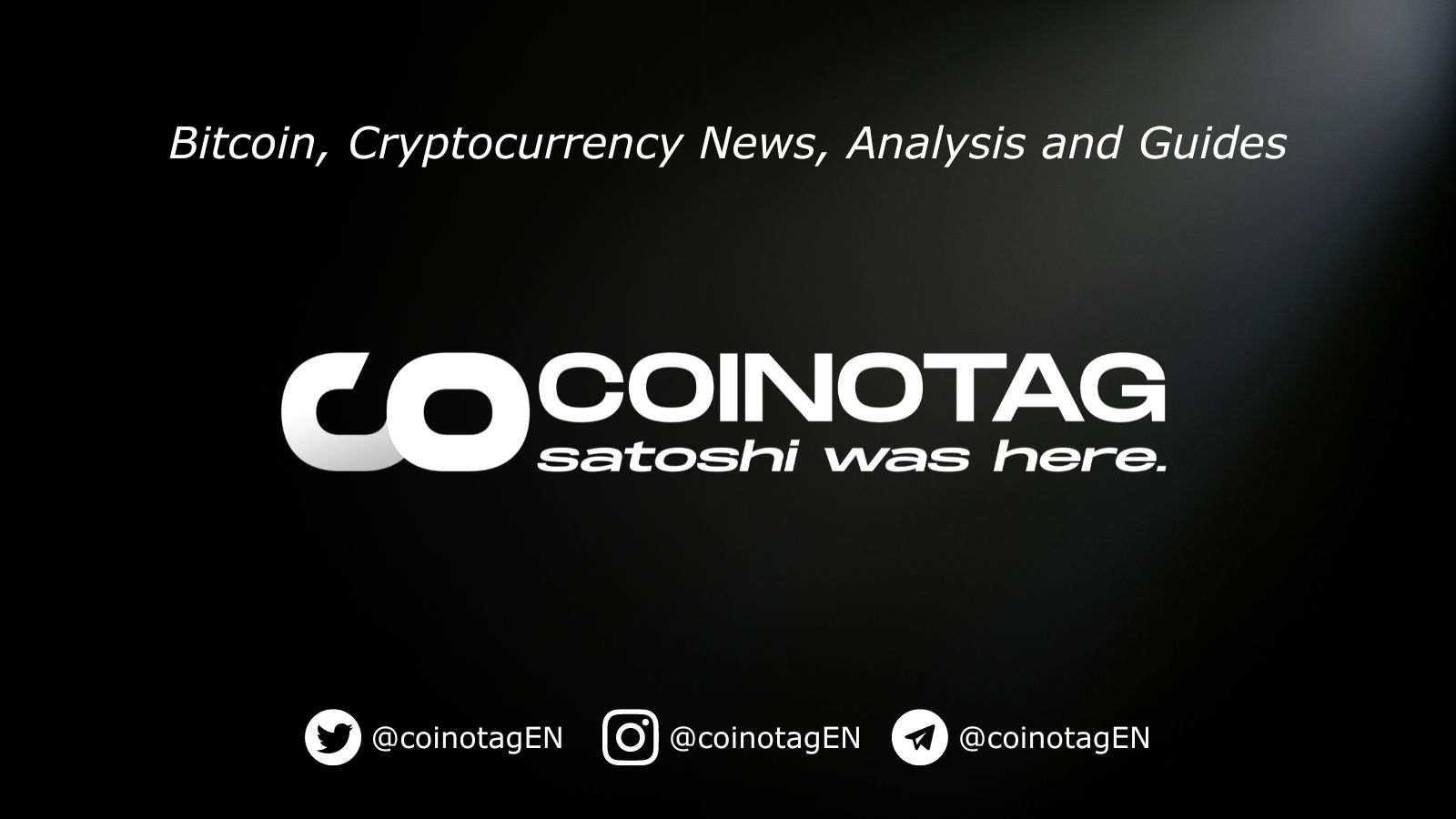
Dogecoin Volume Surges 62% as Investors Eye Potential 60% Rally
Dogecoin trading volume has surged 62% to over $2 billion, signaling renewed investor interest amid potential for a 60% rally if support at $0.20 holds. Shiba Inu faces fragility after Bitcoin World

